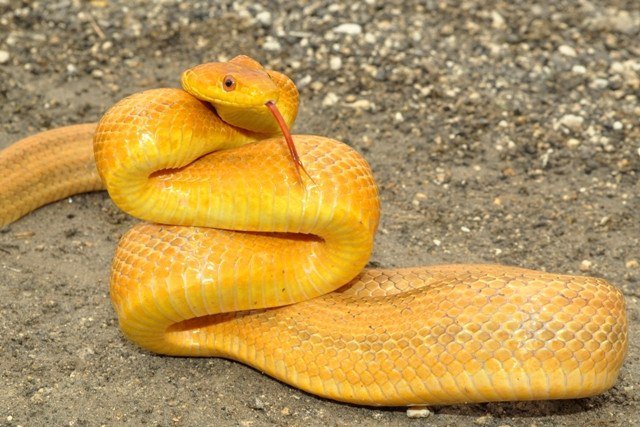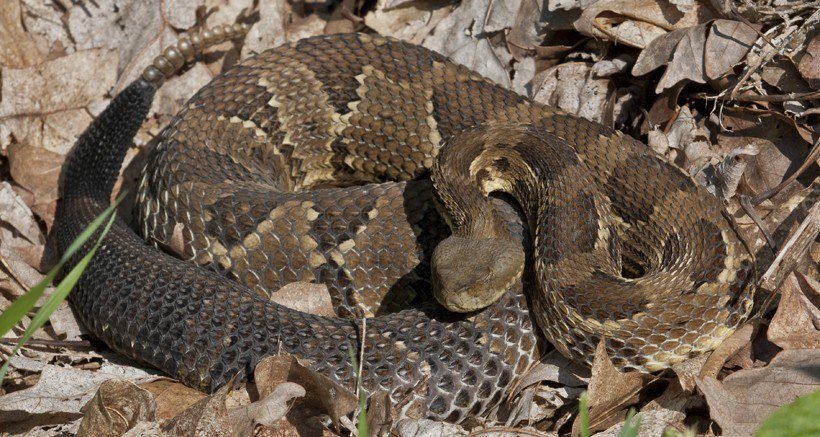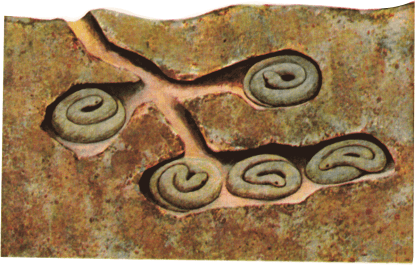Snakes slither across the ground with unmatched agility and reflexes, and the ability to strike before a human can even begin to react. What seems like an abnormal fear or an irrational fear is anything but irrational. Consider the size an anaconda or the drop of a snake’s poison being so deadly it could kill an elephant. If a snake that’s 14-feet long goes to attack, it’s easy to see why we fear snakes. Humans have an inherent fear of the unknown, and when some snakes can potentially kill you, it seems more realistic to fear a snake. But, how do you classify this specific phobia?
Ophidiophobia.
1. What is Ophidiophobia?
Ophidiophobia is when a person has an excessive fear of snakes. The odd factor behind this fear is that you’re far from alone in your fear of snakes. Nearly 1 out of 3 people have Ophidiophobia, and it’s thought to be brought on by two main things:
- An innate reaction
- Life-events
If you were bitten by a snake when you were younger, it’s easy to see why you might be scared of these slithering pests even if they’re a mere 6 – 8 inches in length. When you have a true phobia, it goes well beyond the normal low fear of seeing a snake. No, it goes into an intense fear response.
Read moreWhy We Fear Snakes: The Science Behind People’s Dread of Snakes











